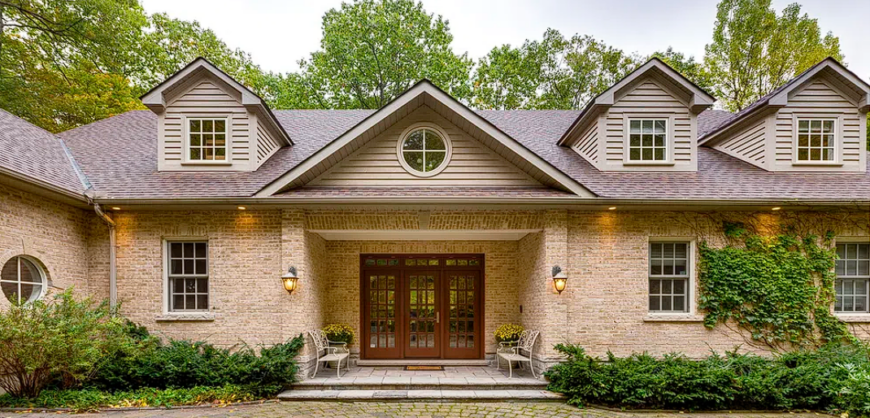The global risk of housing bubbles has decreased sharply in 2023. A report released last week by Swiss bank UBS concludes that out of 25 cities surveyed, only two were at risk of a housing bubble this year, down from nine in both of the two previous reports. The data shows that even places known for their chronically high prices of housing exited bubble territory and were now merely classified as overpriced, including Tel Aviv, Hong Kong, Frankfurt and Toronto.
UBS identified rising interest rates causing the end of cheap financing in the real estate sector for the change. Inflation-adjusted international home prices experienced the sharpest decrease since the 2008 global financial crisis as a result of these changes. The report states that especially the most unaffordable markets couldn’t take the added pressure from increased interest and slumped.
Zurich and Tokyo remained in the housing bubble risk zone, leading analysts to conclude that the Swiss market had not fully adapted to the new conditions yet – also seen in the unchanged risk level of Geneva – and to categorize the market in the Japanese capital as generally defensive, i.e. resistant to change. Central bank interest rates have also not risen in the country.
Miami remained the highest-ranked U.S. city in 2023 – at a score of 1.38 rated just 0.13 index points below bubble risk territory. The city also saw only very slight changes from 2022 – unlike other cities which are now found much further down the ranking. New York and San Francisco are newly included in the fair-valued category after experiencing Covid-19 and quality-of-life related deflators on top of pressure from interest. Los Angeles is the only housing market in the U.S. other than Miami that UBS views as overvalued, but it has also become more affordable since last year.
Looking at the ratios of housing prices to rent, housing prices to income, the increase in mortgage payments to the increase of GDP, the increase in construction spending to the increase of GDP and, finally, the ratio of housing prices in the city and the surrounding areas, UBS determined their risk index. Out of 25 cities included in the survey (all of which are known for their high real estate prices), two were found to be in bubble risk territory. An additional 14 were considered to have an “overvalued housing market” and nine were now considered fair-valued, a new record for the ranking.
You will find more infographics at Statista




































